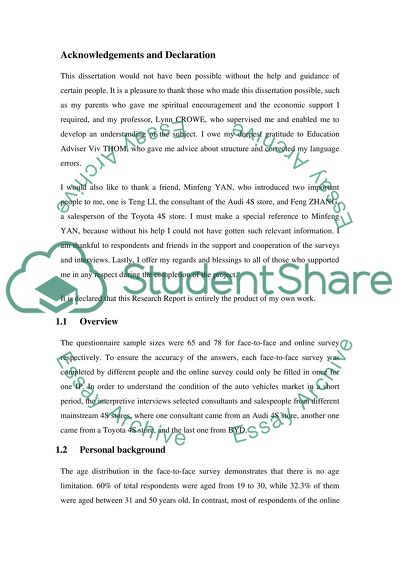Cite this document
(“The barriers of new energy development in Beijing Essay”, n.d.)
Retrieved from https://studentshare.org/environmental-studies/1397533-dissertation-the-barriers-of-new-energy
Retrieved from https://studentshare.org/environmental-studies/1397533-dissertation-the-barriers-of-new-energy
(The Barriers of New Energy Development in Beijing Essay)
https://studentshare.org/environmental-studies/1397533-dissertation-the-barriers-of-new-energy.
https://studentshare.org/environmental-studies/1397533-dissertation-the-barriers-of-new-energy.
“The Barriers of New Energy Development in Beijing Essay”, n.d. https://studentshare.org/environmental-studies/1397533-dissertation-the-barriers-of-new-energy.


